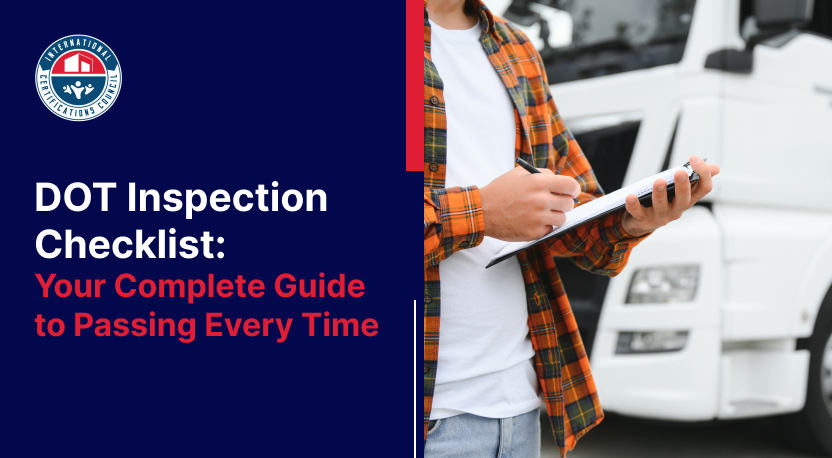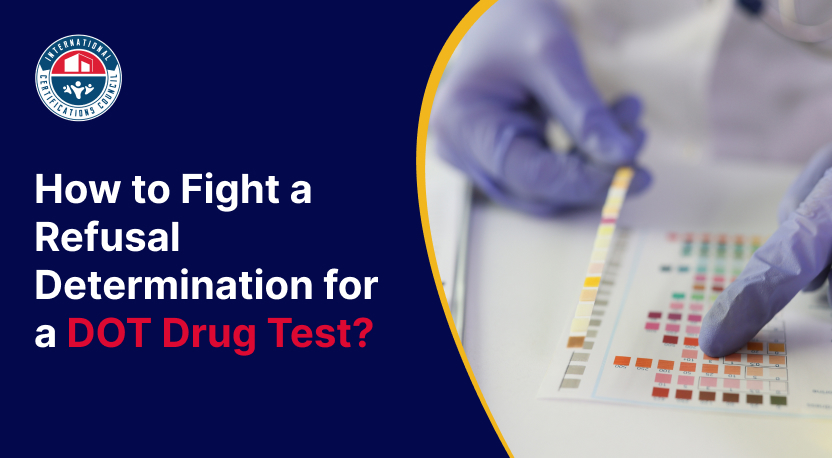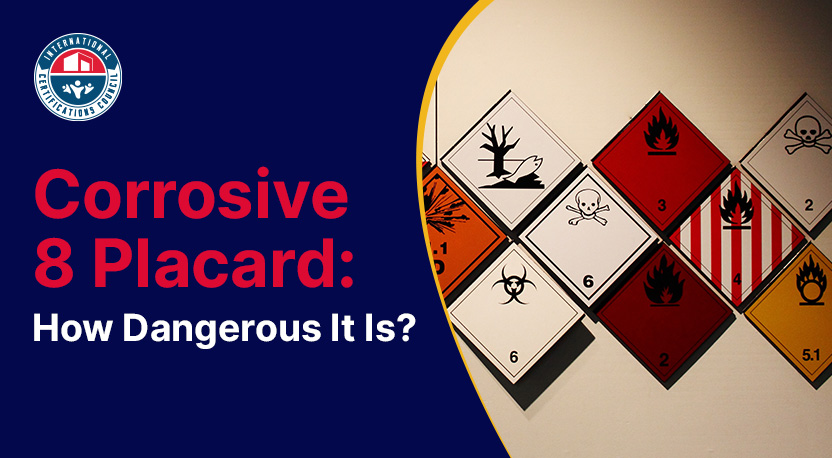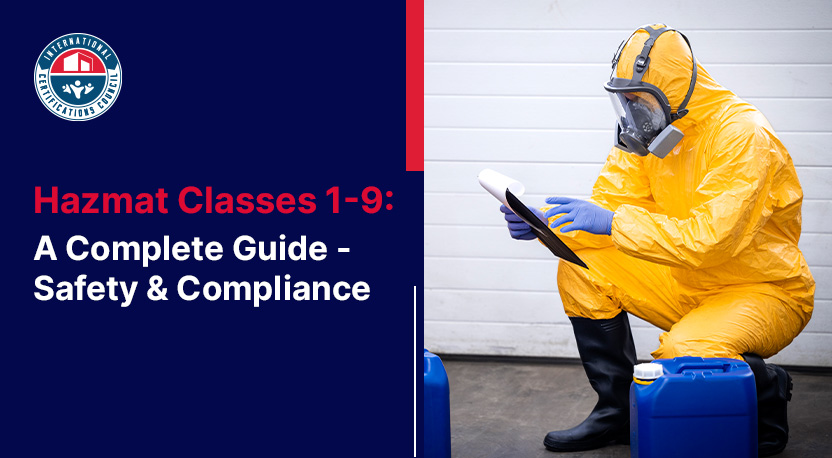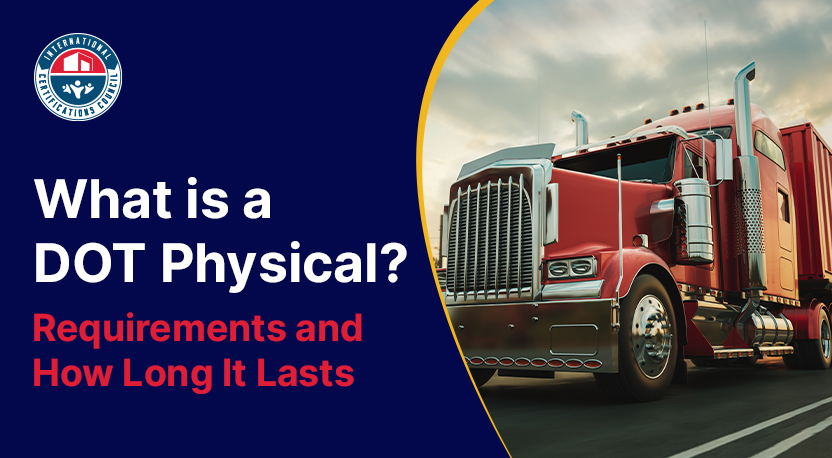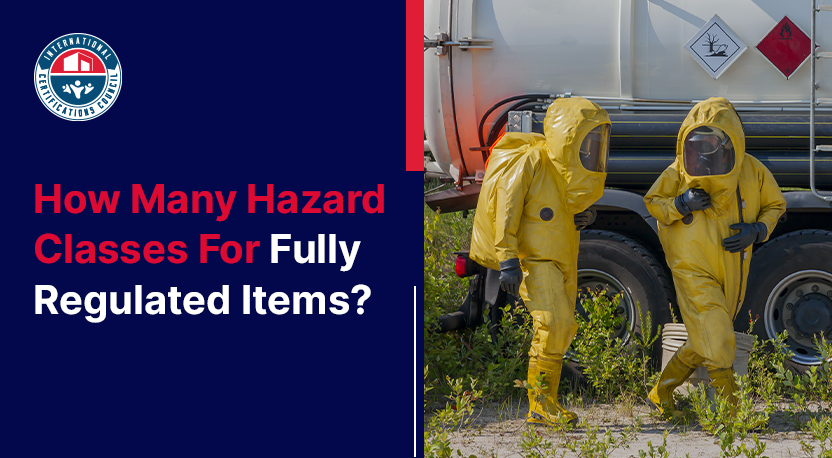A Complete Guide For Drivers & Employers Regulated By The DOT
Whether you're a commercial driver, a strict fleet manager, or a DOT-regulated company, you have most likely heard about the 5-panel drug test thousands of times. So what do they test for, exactly? Why in the world does the DOT need it? And does it test for marijuana, too? Let us tell you everything in a friendly and easy way.What is a 5 Panel Drug Test?
If you want to put it simply, a 5-panel drug test is a test device that helps you identify the presence of 5 specific kinds of drugs in an individual's system. These drugs are most frequently abused and can easily interfere with your capacity to perform safety-sensitive work - particularly when driving big rigs, huge trucks, critical equipment, or heavy machinery. Originally used to regulate drug testing in federal safety programs, the 5-panel drug test is still the minimum drug testing carried out under regulations mandated by DOT and FMCSA. It is also a critical part of DOT Supervisor Training.What Does a DOT 5 Panel Drug Test Screen For?
This is what you get in the DOT-mandated 5-panel drug test:- Marijuana (THC)
- Cocaine
- Amphetamines (including methamphetamine)
- Opiates (for instance, codeine, morphine, heroin)
- Phencyclidine (PCP)
Let’s Talk About Each One Briefly Here
- Marijuana (THC)
- Cocaine
- Amphetamines
- Opiates
- Phencyclidine (PCP)
Is the 5-panel drug test a urine test?
Yes. Under DOT and FMCSA regulations, the 5-panel test is conducted according to a 5-panel urine test. Urine testing is the only drug testing method approved for federally regulated professions (though oral fluid testing is under construction, as of 2025, it has not yet been adopted). So this might be the only viable option at the moment, and also quite an efficient one. This is what happens during the process:Step-by-Step DOT Urine Test Process
- Collection site visit: The employee provides a urine sample in a secure restroom.
- Split specimen: Then the sample is split evenly between two bottles (A & B).
- Laboratory testing: The sample is forwarded to a certified laboratory for testing.
- Medical Review Officer (MRO) Review: Following a positive test, an MRO contacts the individual to discuss medications or reasons for the test result.
- Results reporting: Final results are returned to the employer or third-party administrator.
DOT Hazmat Training & FMCSA Standards: Why It Matters
Who Has to Take the 5-Panel Drug Test? The DOT requires this drug test for any person who holds and works regularly on a safety-sensitive job, such as:- Commercial truck drivers (CDL holders)
- Bus drivers
- Train operators
- Aircraft maintenance and flight personnel
- Pipeline operators
- Hazardous material carriers
When are DOT Drug Tests Required?
Here are the circumstances whereby DOT demands a 5-panel drug test to be taken and the results to be shared with the employer:- Pre-employment
- Post-accident
- Random testing
- Reasonable suspicion
- Return-to-duty
- Follow-up
Does a 5 Panel Drug Test Pick Up Marijuana in Legal States?
Let us be perfectly clear: Yes, it does cover marijuana even in states where marijuana is legal and allowed for medical or recreational purposes. This is where the majority of commercial drivers feel lost. Although:- Marijuana is legal in your state or city
- You used it off-duty
- You possess a prescription or medical card from your doctor
What to do if you fail a DOT 5 Panel Drug Test?
Failing a DOT drug test usually initiates a formal procedure:- Immediate removal from safety-sensitive duties, and is applicable to all employees and workers
- Referral to a Substance Abuse Professional (SAP)
- Assessment, instruction, and treatment planning
- Return-to-duty testing (must be negative)
- Follow-up testing (at least 6 tests in 12 months)
Is a Non-DOT 5 Panel Test the Same?
Not really. While the panel drugs most commonly are the same, non-DOT testing:- May not be in chain-of-custody compliance
- Can use other testing methods (for example, sampling hair or saliva)
- No MRO review required
- They are controlled by state or corporate policy, not by federal policy
Why the 5 Panel Test is Crucial for Safety
Operating a commercial vehicle is not a job - it's a big and serious responsibility that impacts the lives of all road users. The DOT 5-panel drug test is not a punishment - it's just mindful prevention. Major Reasons for Requiring the Test:- Prevent accidents caused by impairment
- Enact zero-tolerance workplace policies
- Maintain public trust in transport systems
- Sustain drivers' compliance and well-being
- Be compliant with FMCSA Clearinghouse requirements

